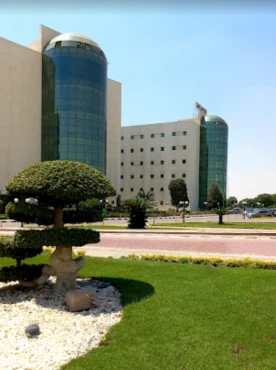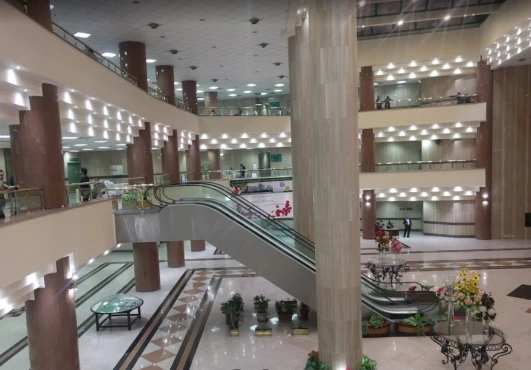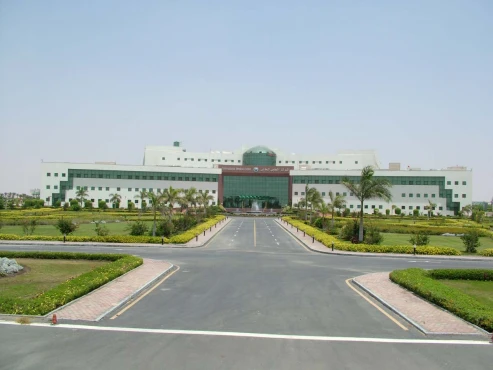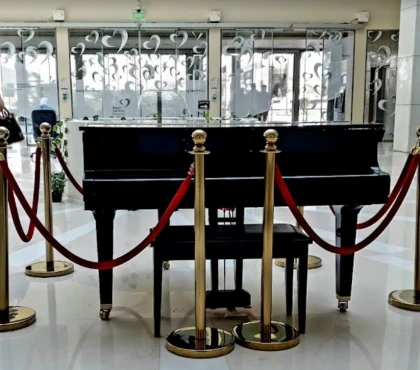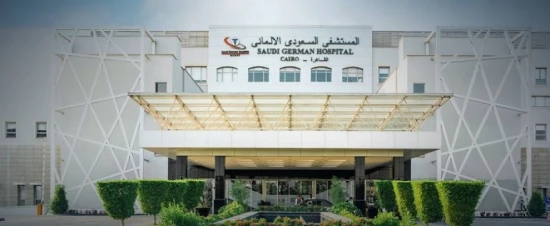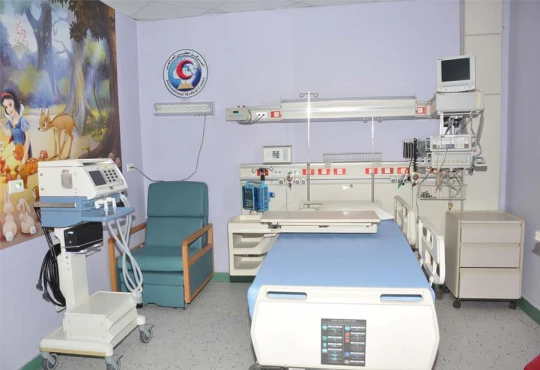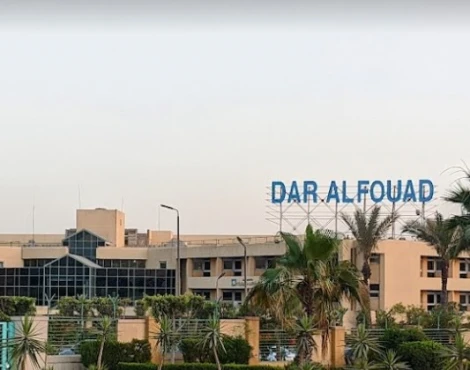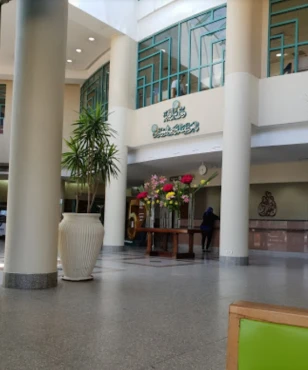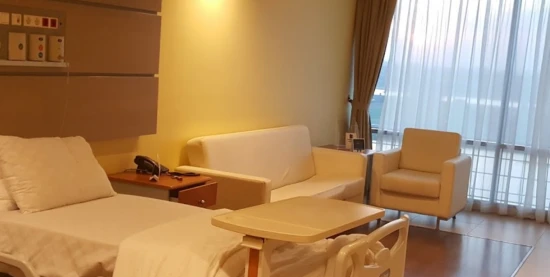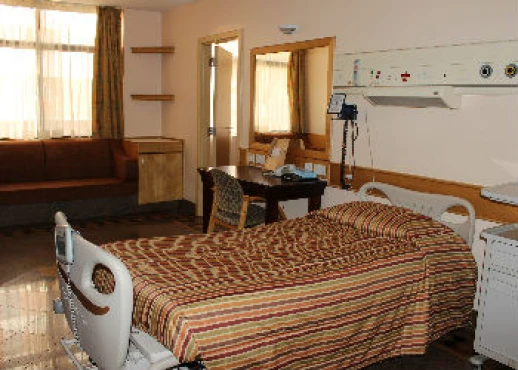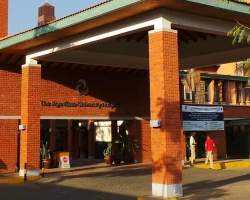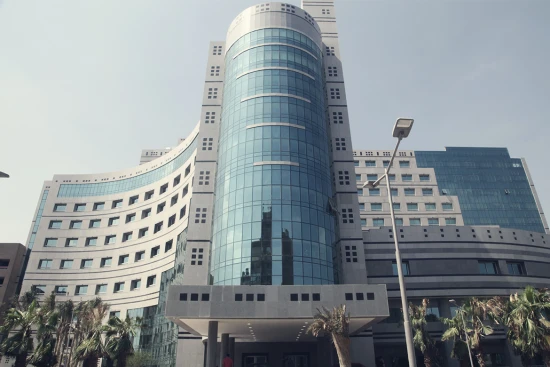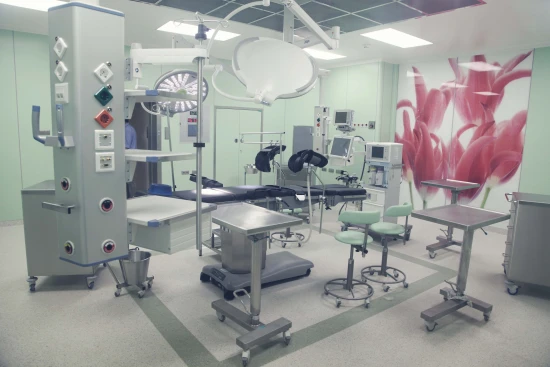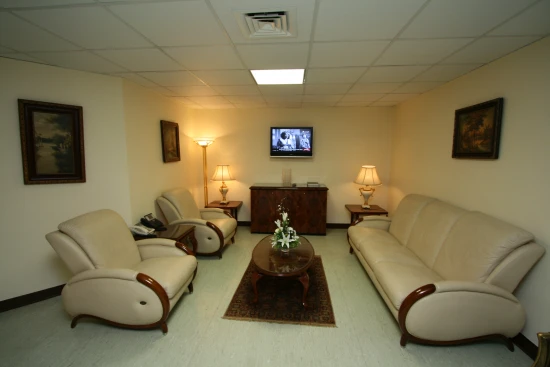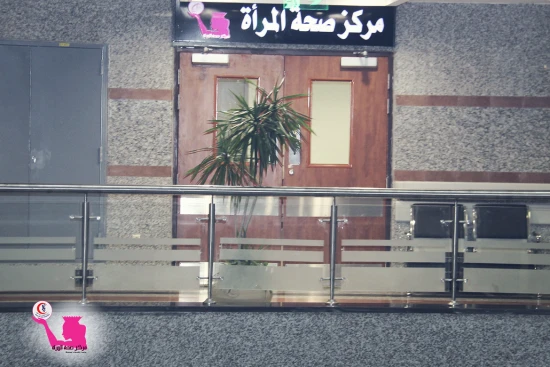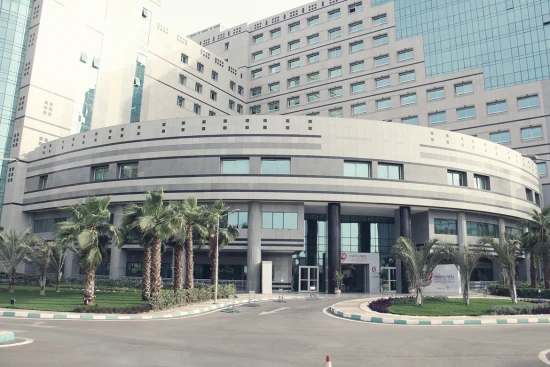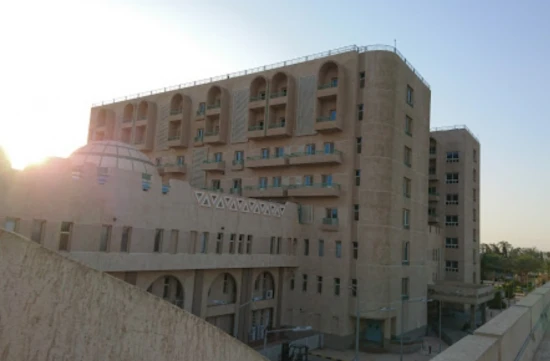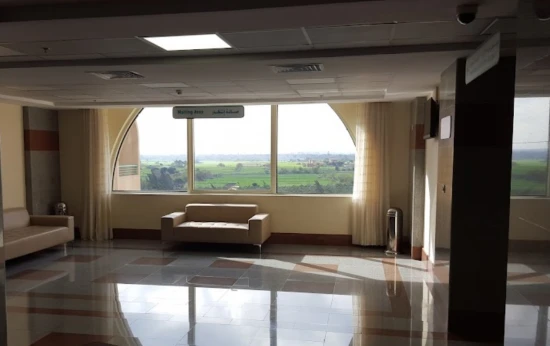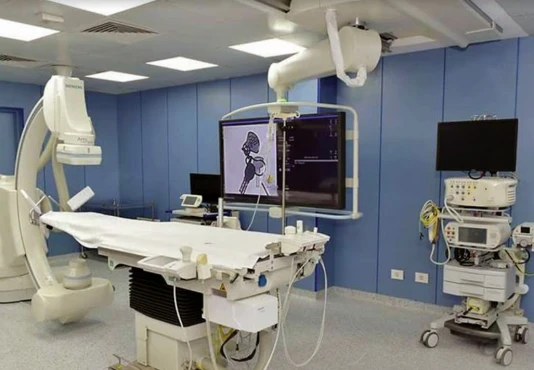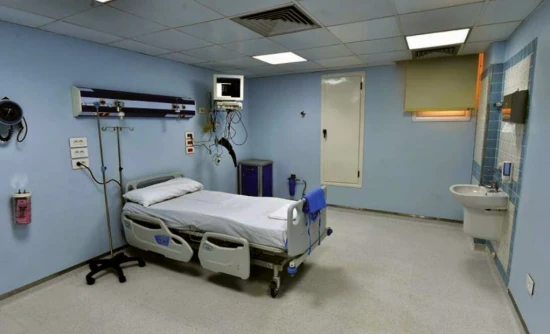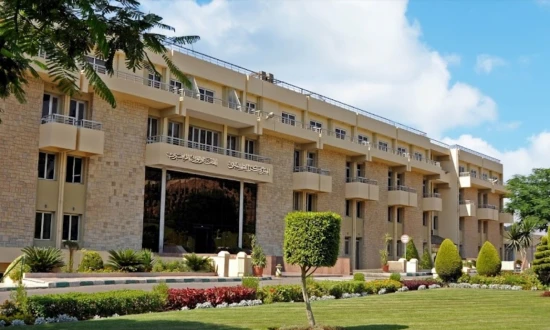Heart failure treatment in 4 Cardiac surgery clinics in Africa
4 clinics specializing in Cardiac surgery providing treatment of
Heart failure
Heart failure is a chronic condition where the heart cannot pump blood effectively to meet the body's needs. It results in symptoms such as shortness of breath, fatigue, fluid retention, and reduced exercise tolerance.
Read more...
disease in Africa.
Sorted by:
Relevance
Rating
Relevance
Prices for popular procedures:
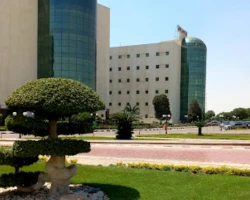
Cairo, Egypt
Specializations: Cardiac surgery, Vascular surgery, Thoracic surgery, Neurosurgery, Spine surgery, Orthopedic surgery, Oncology
We are committed to maintaining and improving the quality of healthcare provided to each patient, and to treating all individuals with Dignity and Respect. We
read more
Prices for popular procedures:
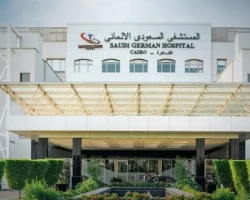
Cairo, Egypt
Specializations: Cardiac surgery, Vascular surgery, Thoracic surgery, Neurosurgery, Spine surgery, Orthopedic surgery, Oncology
Languages: English
SGH-Cairo is the first hospital of the group located in Africa; it is one of the major tertiary care hospitals in Cairo and Egypt. With
read more
Prices for popular procedures:

Giza, Egypt
Specializations: Cardiac surgery, Vascular surgery, Thoracic surgery, Neurosurgery, Spine surgery, Orthopedic surgery, Oncology
Languages: Arabic, English
We strive to be recognized as one of the leading quality and safest health care providers in Egypt, Africa and the Middle East. Dar Al
read more
Prices for popular procedures:
4 relevant clinics
Perhaps you should consider 4 more relevant clinics we have found basing on your Location, Disease filters applied.
Prices for popular procedures:
Prices for popular procedures:
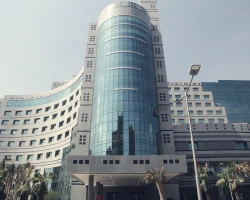
Cairo, Egypt
Specializations: Cardiac surgery, Vascular surgery, Thoracic surgery, Neurosurgery, Spine surgery, Orthopedic surgery, Oncology
Languages: Arabic
The hospital was founded on 1993 as Outpatient's clinics to offer Premium Diagnosis & Therapy, The Inpatient services and Wards was opened in 1997
read more
Prices for popular procedures:
Prices for popular procedures:
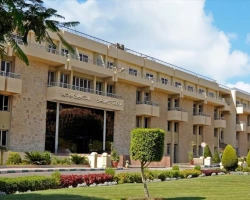
Cairo, Egypt
Specializations: Cardiac surgery, Vascular surgery, Thoracic surgery, Neurosurgery, Spine surgery, Orthopedic surgery, Oncology
Arab Contractors medical Center has been established in 1981 by Arab Contractors Company (Osman Ahmed Osman & Co.) as generous initiative of the guru, Eng.
read more
Clinics grouping by rating
Clinic with the highest rating of 4.6 — As-Salam International Hospital in Cairo, Egypt, clinic with the most reviews number of 6198 — As-Salam International Hospital in Cairo, Egypt.
With rating 4.0 and over — 4 clinics .
Countries with the highest number of clinics treating the diseases:
Heart failure:
worldwide
774 clinics
Brazil
47 clinics
Germany
47 clinics
India
41 clinics
Mexico
35 clinics
Colombia
32 clinics
Related procedures:
Procedures are likely to be used for Heart failure treatment:
Cardiac catheterization,
Cardiac resynchronization therapy with defibrillator (CRT-D),
Cardiac resynchronization therapy with pacemaker (CRT-P),
Change of defibrillator,
and
Coronary catheterization
.

